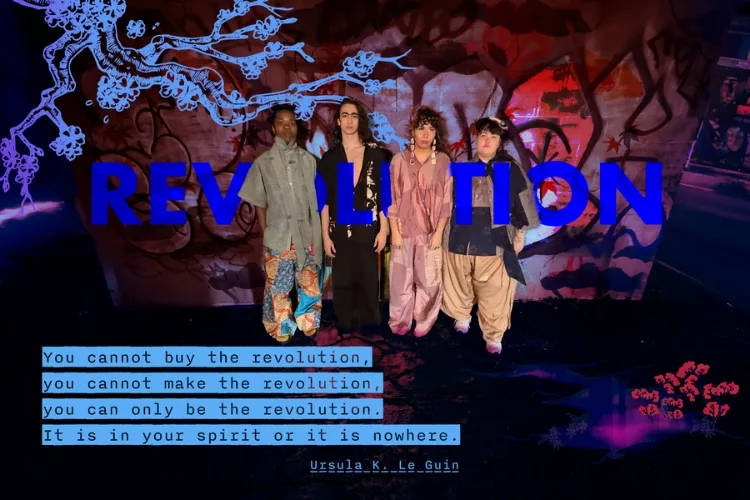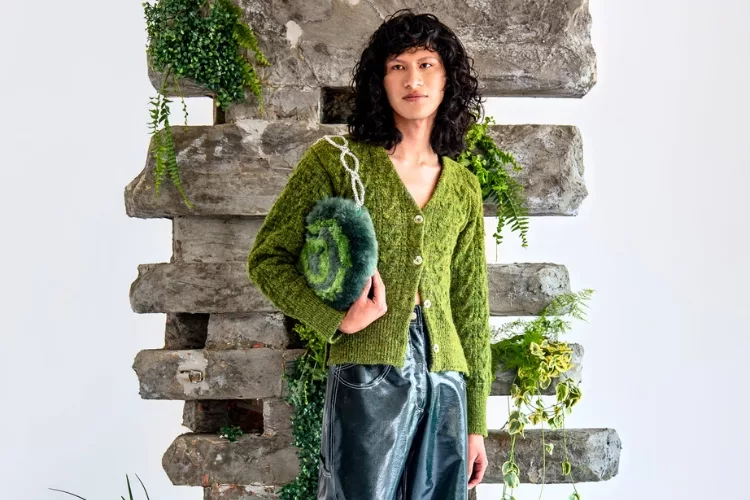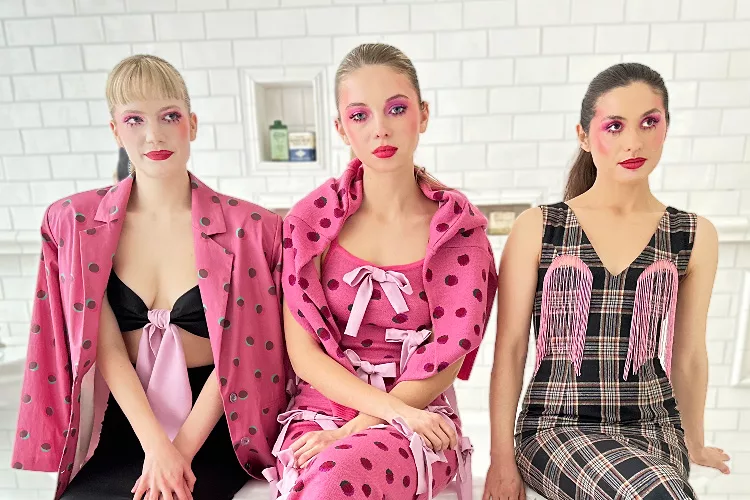Read the tag on the back of a Zara T-shirt; there is a good chance it reads “made in Vietnam.” Since the country’s economic reform in 1986, this economic powerhouse has, after China, become one of the world’s leading clothing manufacturers. But that doesn’t mean there is no room to innovate better, more sustainable textiles.
The country’s rich flora and humid weather make it perfect for harvesting a wide range of plant-based resources, which are the input for green textile production.
The Vietnamese have maintained their connection to nature more than other developed economies. They consciously prefer nature-based solutions. This is a radically different approach from the global north, where many people have yet to “re-connect” to nature. Eco-friendly textile businesses operate in sharp contrast to other countries. Small-scale local companies function as a tight-knit community, working closely with ethnic artisans. They work with little to no media coverage, no prizes, no show, no mass scaling, and yes, no green-washing. Despite the lack of recognition, some of the world’s well-known eco brands, such as Pinatex, use textiles from these companies.
So next time you visit Vietnam, there may be more to explore than the country’s tourist sites. Get to know the four local ventures that are pioneering sustainable textiles.
Ecosoi: Repurposed fibers made from pineapple leaves and banana tree trunks

Each year in Vietnam, over 1 million tons of pineapple are harvested. Even more is the number of pineapple leaves and peels that go to waste along with them, at around several million tons per year. Burning is the usual method used to eliminate agri waste; in this case, pineapple leaves and banana tree trunks. An environmental science lecturer, Vu Thi Lieu, studied the possible reuse of these leftovers into usable fibers. She went on to found Ecosoi. Since then, Ecosoi has created jobs for farmers and the disadvantaged and helped significantly reduce pollution in the area.
Ecosoi turns the humble pineapple and banana waste, which used to be a source of air pollutants, into valuable textiles supplied to many well-known brands. Manufactured in Nghe An, a province in the sunny middle region of Vietnam, Ecosoi provides its repurposed fabrics to fashion brands such as Pinatex and Lacoste, as well as unprocessed yarns to green textile companies like Peel Lab – a Japanese B2B startup that makes leather out of, you guessed it, fruit peels.
Hemp4u : Hemp cloth weaved and embroidered by The Hmong People of Vietnam

Are you looking for a souvenir piece so unique that no one in your friend group has copped yet? Enter Hemp4u. Founded in 2020, Hemp4u sets out on a mission to protect the beautiful hand-weaving tradition of the Hmong – an ethnic tribe in the mountainous area of northern Vietnam –from being lost due to fast fashion consumption among the Vietnamese youth.
Hand-woven from hemp and cotton, then intricately embroidered by the tribal women, each square of fabric carries a unique soul. The Hmong people have been making their clothes for generations and are masters at making natural dyes from mountainous plants. And sometimes, animals, too. Batik, a unique dying technique, requires the dyer to collect the bee’s wax from the forests, heat it in a small metal pot, then draw onto the hemp canvas using bamboo pens with metal nibs. The cloth is then dipped in the indigo pot and left to dry. Also called “resist dye,” the result is a cloth with intricate wax marks kept intact as they resist the dye.
Nhu Lotus silk: Silk made from unused parts of the lotus flower

Keeping traditions alive is a well-regarded Vietnamese virtue. Huynh Nhu felt the same sentiment when watching her grandmother, who had been a weaver all her life, make her own cloth. When she decided to follow her grandmother’s path, a singular fiber came to mind: lotus.
The national flower of Vietnam, the lotus, appears abundant across the regions but thrives most in Dong Thap – a province in the Mekong Delta of Vietnam. Lua Sen Dong Thap or Dong Thap Lotus Silk, translated to English, is how Nhu pays homage to her roots. From wasted parts of the flower, Nhu can extract fibers and weave them into silk. This silk is then used to create accessories such as scarves, purses, handbags, and even silk paintings. Unlike other agri waste, the combined volume of discarded lotus stalks is small. Thus, making a sheet of silk requires much more time and dedication. Lotus silk is, therefore, more expensive than other repurposed fabrics, but it’s well worth the price for a collector’s scarf compared to other mainstream high-end options.
Thien Phuoc Ramie Group: Ramie, an unsung hero in natural textiles

Though it is one of the most durable natural fibers, ramie utilization is way behind its potential. This under-utilization is due to the costly processes of the fiber’s extraction and cleaning. But in Vietnam, several textile manufacturers, including Thien Phuoc Ramie Group, are handling this process well. Supplying a global market focusing on Asian and Middle Eastern countries, Thien Phuoc Group has been reviving one of the oldest fiber crops in use for at least 6,000 years.
As ramie is less durable than other fibers, the group mixes it with different materials such as satin, wool peach, rayon, jacquard, and chiffon. But once combined, ramie can hold shape, reduce wrinkling, and introduce a silky luster to the fabric.
–Jacqueline Pham
Related Articles






